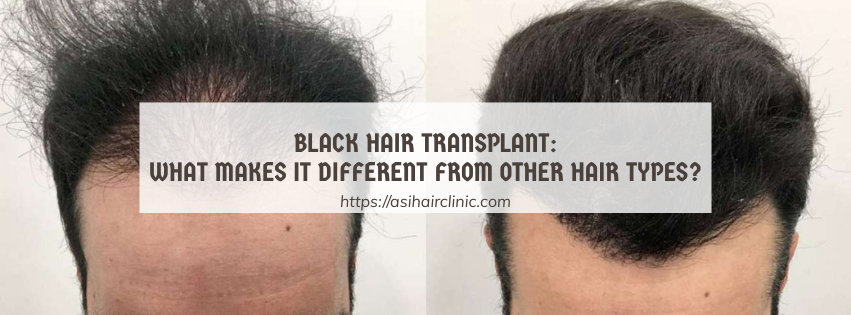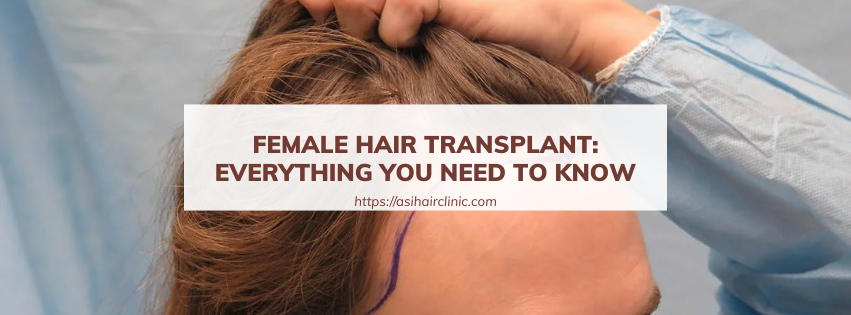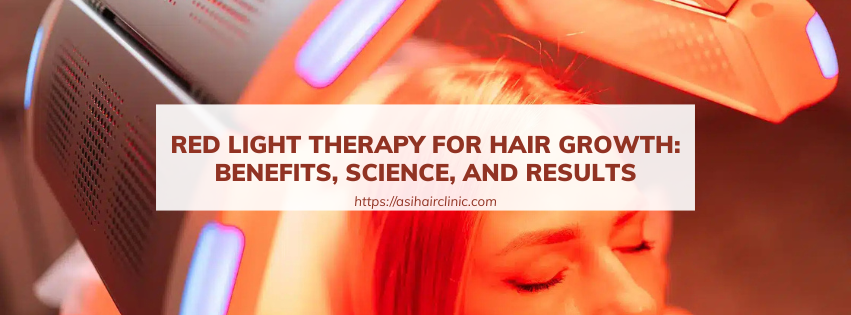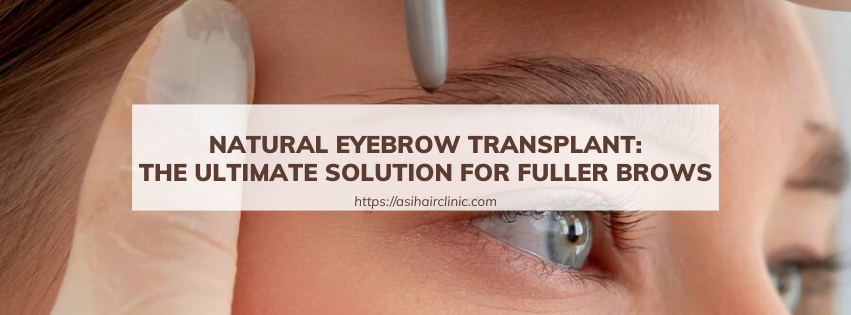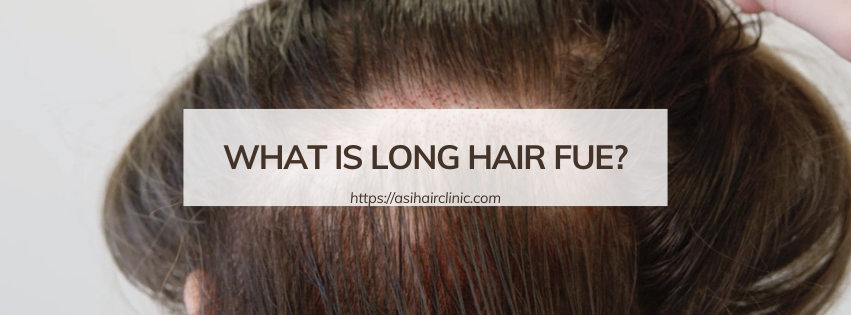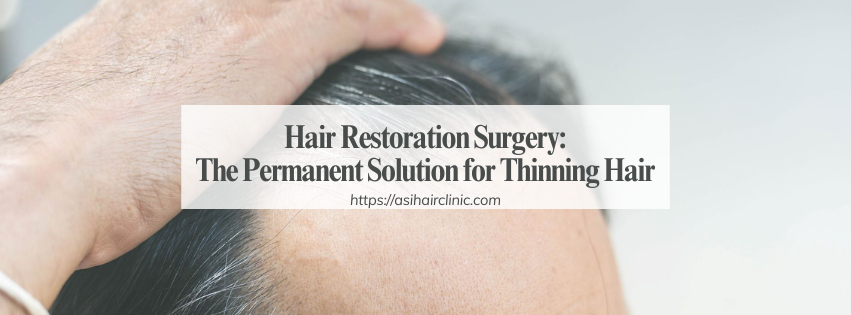DHI vs. FUE: Which Hair Transplant Method Is Right for You?
When it comes to hair restoration techniques, DHI and FUE are two of the most popular options available today. Both methods offer unique benefits and drawbacks, leaving many potential candidates wondering which one is best suited for their individual needs. In this article, we will delve deep into both procedures, exploring the intricacies of each technique, their advantages and disadvantages, and help you make an informed decision in the debate of DHI vs. FUE.
1. What Is DHI Hair Transplant?
Direct Hair Implantation (DHI) is a cutting-edge technique used in hair restoration that allows for the extraction and implantation of hair follicles in a single procedure. This method utilizes a specialized tool called a Choi pen, which enables the surgeon to extract hair follicles and immediately implant them into the recipient area.
The distinctive feature of DHI is that it eliminates the need for creating recipient sites beforehand, allowing for more precision during implantation. This not only enhances the overall success rate but also improves the results concerning hair density and natural appearance.
1.1. How DHI Works
The process begins with the careful extraction of hair follicles from a donor area, typically located at the back or sides of the head. The Choi pen, equipped with a hollow needle, is used to harvest these follicles gently. Once extracted, the follicles are directly implanted into the thinning or balding areas without having to create incisions first.
This direct transplantation ensures that the hair follicles are implanted at the correct angle and depth, which is crucial for achieving a natural look. Since there’s minimal trauma to the scalp during this procedure, patients often experience less bleeding and quicker recovery times compared to traditional methods.
1.2. Advantages of DHI
One of the primary benefits of DHI is its ability to provide a higher level of precision. The use of the Choi pen allows for meticulous placement of hair follicles, leading to a more natural-looking hairline. This precision can be especially beneficial for patients who desire a fuller look in specific areas.
Another advantage is that DHI minimizes the risk of damage to the harvested follicles. Because the extraction and implantation occur almost simultaneously, the hair follicles spend less time outside the body, reducing the chances of dying or becoming damaged before being placed in the recipient area.
Additionally, DHI requires no shaving of the donor area, which is advantageous for patients looking to avoid a drastic change in appearance during the recovery phase. This method is less invasive than traditional techniques and often translates to shorter recovery times and less discomfort.
1.3. Disadvantages of DHI
Despite its advantages, DHI is not without its drawbacks. One significant concern is the cost associated with this advanced technology. DHI procedures tend to be more expensive than traditional methods like FUE because of the specialized equipment and training required.
Another potential disadvantage is that DHI may not be suitable for individuals requiring extensive coverage. Given that DHI involves extracting a smaller number of grafts in a single session due to the meticulous nature of the procedure, patients with severe hair loss might find that multiple sessions are necessary to achieve the desired results.
Finally, while the DHI technique is innovative, its success largely relies on the skill and experience of the practitioner. If performed by an inexperienced surgeon, the results could be subpar, emphasizing the importance of selecting a qualified professional.
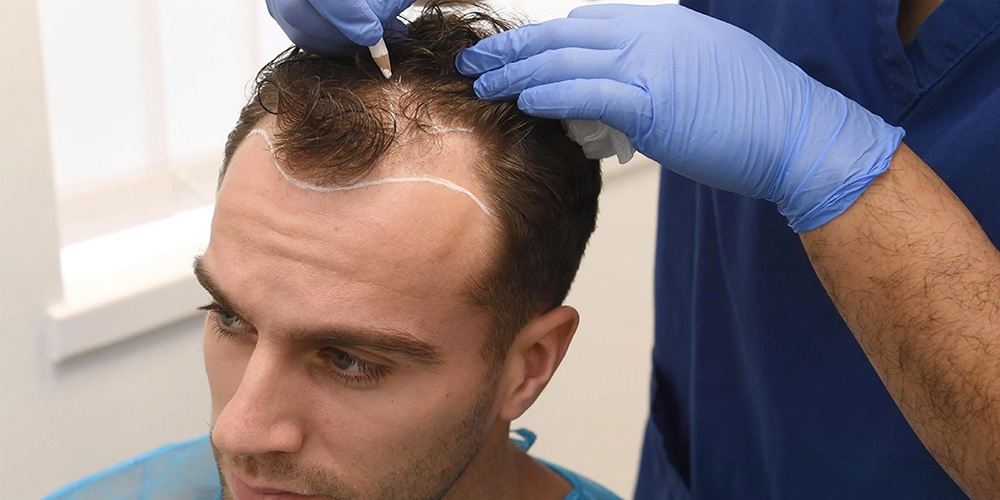
2. What Is FUE Hair Transplant?
Follicular Unit Extraction (FUE) is a well-established and widely practiced hair transplant technique. This method involves the individual extraction of hair follicles from a donor area, followed by their transplantation into the thinning or balding sections of the scalp.
Unlike DHI, where the implantation occurs immediately after extraction using the Choi pen, FUE involves creating small incisions in the recipient area before placing the extracted follicles. This method has gained popularity due to its minimally invasive nature and high success rates.
2.1. How FUE Works
The procedure begins with the administration of local anesthesia to ensure patient comfort. The surgeon then uses a specialized tool to extract follicular units—small groups of hair follicles—from the donor area. This extraction process is done meticulously to preserve the integrity of the follicles.
Once the follicles are harvested, the surgeon prepares the recipient area by making tiny incisions. These incisions act as entry points for the hair follicles. The extracted grafts are then carefully placed into these incisions, ensuring that they are oriented correctly to mimic natural hair growth.
FUE is a labor-intensive process, requiring considerable attention to detail to achieve optimal results. While the initial extraction may take several hours, the entire procedure can typically be completed within a single day, making it a convenient option for many patients.
2.2. Advantages of FUE
One of the standout features of FUE is its minimally invasive nature. Unlike older methods such as strip harvesting, FUE does not leave linear scars, making it an appealing choice for individuals who wish to keep their hair short post-procedure. The tiny circular scars left by the extractions are often barely noticeable.
Another key advantage is the versatility of FUE. It can be used to restore hair on various areas of the body, including eyebrows, facial hair, and even chest hair. This makes it a versatile option for patients seeking a comprehensive approach to hair restoration.
Moreover, FUE tends to allow for a larger number of grafts to be harvested in a single session compared to DHI. For patients with extensive hair loss, FUE can provide a more efficient solution, as multiple grafts can be extracted and transplanted in a shorter amount of time.
2.3. Disadvantages of FUE
Despite its many advantages, FUE also has some limitations. One notable drawback is that the preparation and implantation of grafts in separate steps may increase the chances of follicle damage. Since the extracted grafts spend more time outside the body compared to DHI, the risk of viability decreases.
Additionally, FUE can lead to longer recovery times for some patients. Depending on the extent of the procedure, swelling and discomfort may persist for several days or weeks after surgery. While most individuals recover relatively quickly, this aspect might deter those looking for a fast turnaround.
FUE can also be a more labor-intensive procedure, requiring significant time and expertise on the part of the surgeon. Patients must ensure that they select a highly qualified and experienced practitioner to minimize any risks associated with the surgery.
3. Key Differences Between DHI and FUE
When comparing DHI and FUE, it's essential to understand the key differences that set these two methods apart. Each technique brings its own unique set of characteristics, making them better suited for different types of patients and conditions.
3.1. Implantation Technique
In terms of implantation, DHI and FUE differ significantly. DHI employs the use of the Choi pen, allowing for immediate implantation of harvested follicles without pre-prepared incisions. This direct approach offers enhanced control over the angle and depth of the implants, resulting in a more natural appearance.
On the other hand, FUE requires the creation of small incisions in the recipient area prior to implanting the hair follicles. Though this method is effective, it may slightly compromise the precision of placement when compared to DHI.
3.2. Recovery Time & Healing
When it comes to recovery, DHI generally offers a quicker healing process. Patients often experience less discomfort and, due to minimal trauma during the procedure, the risk of swelling tends to be lower. As a result, many individuals feel comfortable returning to their daily activities sooner after DHI.
In contrast, FUE may entail a longer recovery period. Patients can experience swelling, bruising, and discomfort that can last a few days to weeks. Although most people eventually recover fully, the potential for extended downtime may be a consideration for those eager to return to their regular routines.
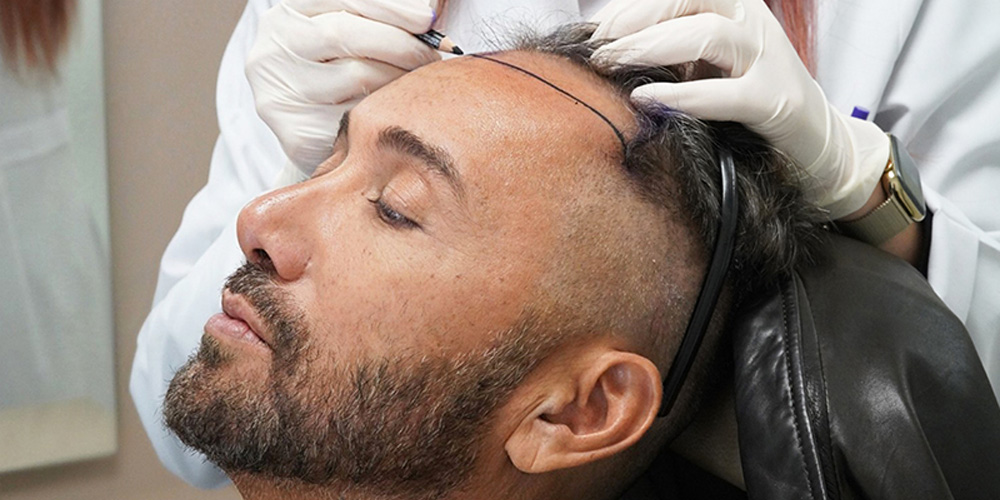
3.3. Natural Hairline & Density
Another critical difference lies in the outcome related to hairline design and density. DHI's unique implantation method allows for a greater level of customization, enabling surgeons to create a natural-looking hairline, even for patients with finer hair. The direct placement fosters an impressive hair density, providing a fuller appearance right from the start.
While FUE also allows for natural results, the necessity of pre-creating incisions can limit the surgeon's ability to achieve maximum density. However, skilled practitioners in FUE can still deliver commendable results, though it may require additional sessions in some cases.
3.4. Cost Comparison
Cost is a significant factor for many individuals considering hair transplant options. Generally speaking, DHI procedures tend to be more expensive due to the advanced equipment and training required. The use of the Choi pen adds to the costs, making it less accessible for budget-conscious patients.
FUE, while still an investment, is usually priced more competitively than DHI. This affordability can make FUE an attractive option for those seeking hair restoration without the increased financial burden associated with DHI.
4. Who Is the Best Candidate for Each Method?
Understanding the ideal candidates for each hair transplant method is crucial for achieving successful outcomes. Various factors such as hair type, severity of hair loss, and personal preferences can influence which procedure is best suited for an individual.
4.1. Best Candidates for DHI
Ideal candidates for DHI are typically those with moderate hair loss or those seeking restoration in specific areas, such as receding hairlines or sparse patches. Individuals who prioritize achieving a natural look and density will benefit from DHI’s precise implementation technique.
Furthermore, candidates who prefer a minimally invasive procedure with quicker recovery times would find DHI appealing. As long as the patient's donor area has sufficient healthy hair follicles, they can enjoy the advantages of DHI.
4.2. Best Candidates for FUE
FUE is particularly suitable for patients with more extensive hair loss or those who require larger areas to be covered. The technique’s ability to harvest numerous grafts in a single session makes it a practical choice for addressing significant balding.
Individuals with hair types that are naturally thicker often see excellent results with FUE. Additionally, those who may not be as concerned about the immediate appearance of their donor area can opt for FUE, which leaves minimal scarring.
Lastly, candidates with a limited budget might prefer FUE due to its relatively lower cost compared to DHI.
5. DHI vs. FUE: Which One Should You Choose?
Deciding between DHI and FUE ultimately depends on personal preferences, budgetary considerations, and the specific goals of hair restoration. Each method offers unique features that cater to different needs.
If you’re looking for a minimally invasive procedure with rapid healing and a focus on achieving natural-looking density, DHI may be your best bet. The precision of the Choi pen allows for impeccable placement and a high likelihood of satisfactory results for those with moderate hair loss concerns.
Conversely, if you have extensive hair loss and are prioritizing coverage over aesthetic nuances, FUE might serve you better. Its ability to harvest a greater number of grafts in a single session, combined with its versatility for different areas of the body, makes it a solid option for comprehensive hair restoration.
Ultimately, consulting with a qualified hair transplant specialist can aid in determining the most suitable method based on your unique circumstances and aspirations. They will assess your hair type, degree of hair loss, and personal preferences to guide you toward the best choice.
Conclusion
The discussion of DHI vs. FUE reveals that both hair transplant methods have their distinct merits and drawbacks. DHI stands out for its precision and faster recovery, while FUE excels in versatility and broader applications for patients facing extensive baldness.
Choosing the right hair transplant method is a deeply personal decision that hinges on various factors, including individual expectations, financial considerations, and medical advice. By thoroughly understanding the unique attributes and implications of each method, you can make an informed decision that aligns with your goals for hair restoration and ultimately leads to satisfying results.
LATEST POSTS

